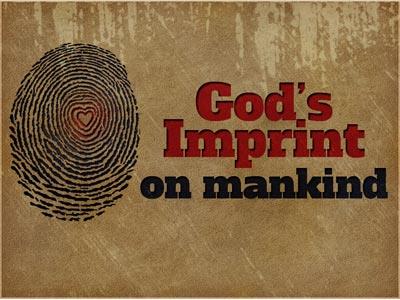-
What King Is Announced By A Star? Series
Contributed by Simon Bartlett on Dec 6, 2021 (message contributor)
Summary: Stars cause us to wonder. What was the star that appeared when Jesus was born? Was it a comet from a remote part of the solar system which happened to arrive at just the right time? Or was the universe itself acknowledging the coming of its creator and king?
Last Sunday we started our Christmas series of talks. I’ve given the series the title ‘NOT YOUR USUAL KING’.
There are lots of ways in which Jesus is NOT your usual king.
Last week we looked at some prophecies in the Old Testament that gave us the when, where and who of Jesus’ birth. No king was as long-awaited as Jesus.
Today, we’ll look at something else that tells us that Jesus is not your usual king. What king is announced by a star?
Stars are rather interesting things. Stars set us wondering. There are lots of songs and hymns which connect stars with wondering. There’s ‘Twinkle, twinkle, little star, how I WONDER what you are’. The hymn ‘How great thou art’ has the lines, ‘When I, in awesome WONDER, consider all the worlds Thy hands have made, I SEE THE STARS, I hear the rolling thunder…’ I’m sure we all know the Christmas carol, ‘We three kings of orient are’. The chorus goes, ‘STAR OF WONDER, star of night’. The carol is about the star which appeared at the time of Jesus’ birth. That was certainly a ‘star of wonder’.
Sometimes we think wondering isn’t a very profitable exercise. But, wondering can be a very good thing. We can take Isaac Newton as an example. Newton said that the idea of gravitation came into his mind when he was sitting under some apple trees. He wondered why an apple always descends perpendicularly to the ground and that got him thinking about gravity.
Wondering didn't give Newton an immediate answer. But it doesn’t mean that wondering is a waste of time.
Today, we’re going to wonder about the star that appeared when Jesus was born.
There are all sorts of things we MIGHT wonder about when we think about that star.
We might wonder what the star was.
We might wonder how the magi worked out that a star in the sky showed that a king had been born.
But today, I’m going to wonder about something else. I’m going to wonder how that star – or whatever it was – came to be there at all.
You may think, Simon, what difference does it make how the star got there? But let’s approach this with a spirit of wondering.
Colin Humphreys was a professor at Cambridge University. He wondered about the star and in 1991, he wrote a paper about it. He started by saying there are three broad possibilities.
A: The star never existed. The whole story is a myth.
B: The star was a real astronomical phenomenon.
C: The star was a miracle.
As Christians, we don’t like ‘A’. The Bible says that a star appeared so we believe a star appeared.
Humphreys wondered about ‘B’. Could the star have been a real astronomical phenomenon? He decided that the only astronomical phenomenon which fits the facts is that the star was a comet. In 2015, another academic, Colin Nicholl, wrote a book about the star. He also said the star could only have been a comet. So, let’s assume for the moment that Humphreys and Nicholl are right. If the star was a real astronomical phenomenon, it was probably a comet.
Chinese astronomers record seeing a comet, or at least, it sounds like a comet, in 5 B.C. That’s around the date we believe Jesus was born. So that supports this idea.
It doesn’t matter that we haven’t seen this comet again. Some comets take millions of years to orbit the sun. A comet called Comet Leonard will be visible over the next few weeks. But this comet hasn’t been near the earth for 70,000 years. Astronomers think that after it comes by this time it will be ejected from the solar system and never be seen on earth again. So if it was a comet which the magi saw, it could have been a comet like Comet Leonard and the fact that it isn't a regular visitor doesn't mean that the theory is wrong.
But this account of things isn't very appealing or persuasive. It isn't appealing because random events aren’t evidence of something. If the appearance of the star was simply a normal astronomical phenomenon then it isn’t evidence of anything. But for two millennia, Christians have seen the star as part of the evidence that Jesus was the promised king.
This account of things isn't very persuasive either. It's very convenient that this comet arrives at just the right time and place to signal that a king had been born. We might wonder if this is miraculous. But not only did the comet appear at the right time. From a distance of perhaps 10 or 20 million miles it guided the magi to Bethlehem and came to rest over the place where the child was. That seems very remarkable! One might wonder if that was also miraculous. But we’re keeping the miraculous for the next possibility.

 Sermon Central
Sermon Central



